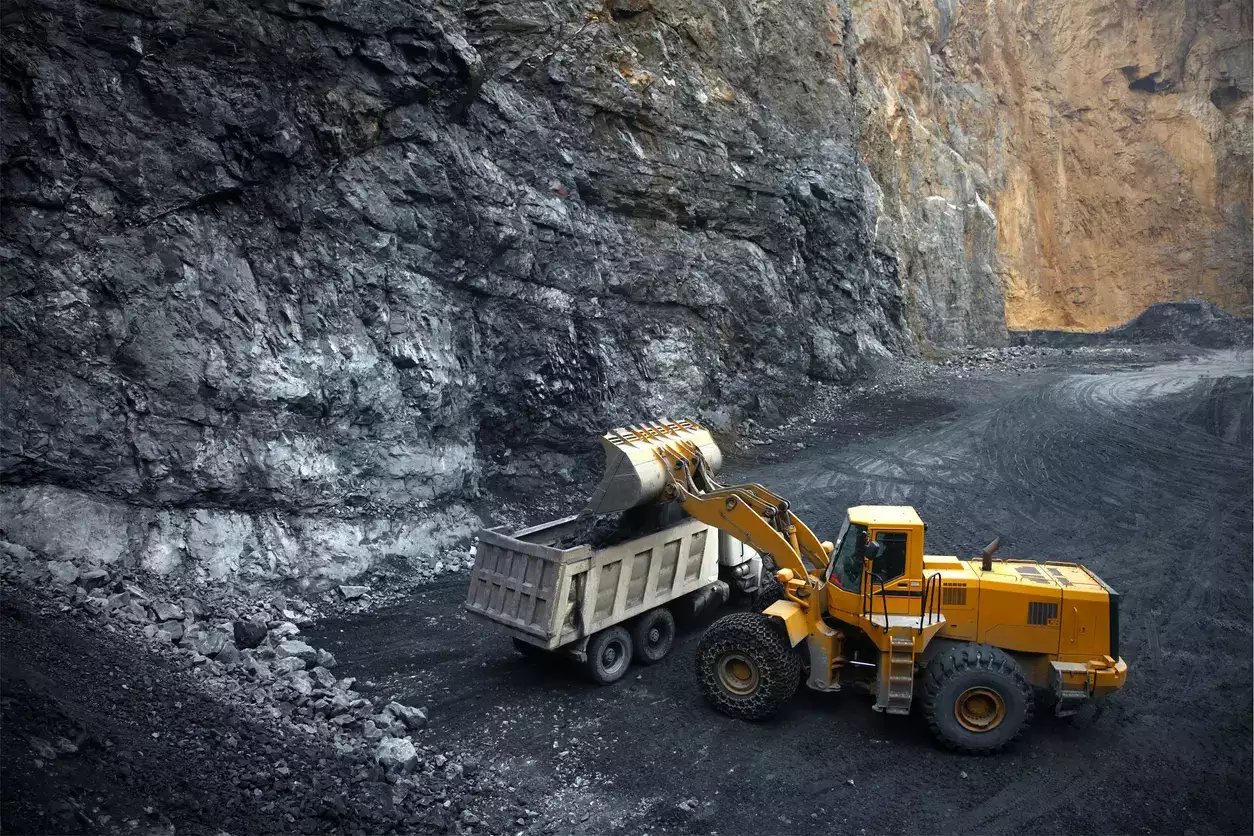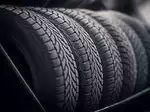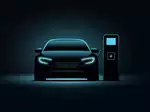US targets scrap to close the critical minerals gap: Andy Home

Tin is still a critical metal, now for its use in circuit-board soldering rather than in preserved food, and the U.S. government is once again considering how to reduce the country's reliance on imports, currently running at 75% of annual consumption.
With no mines and no active reserves, the only way of closing the import gap is to recycle more.
The Department of Defense (DOD) has recently awarded $19 million to U.S. secondary tin producer Nathan Trotter & Co. to expand domestic recycling capacity and capture more of the 38,000 metric tons of tin scrap that is exported every year.
Such recycling, or urban mining, is the often overlooked part of the critical minerals self-sufficiency equation.
The DOD has also channeled funds to companies such as 6K Additive, which recycles titanium alloys, and Rare Earth Salts, which recovers terbium from old light bulbs.
The Department of Energy (DOE) will invest $22 million for an upgrade of Golden Aluminum's recycling operations in Colorado and earmarked up to $270 million for enhanced copper recycling at Wieland's Shelbyville facility in Kentucky.
The DOE is also looking to build from scratch an electric vehicle (EV) battery recycling chain. It has distributed funds for new processing capacity, new scrap sorting technology and, in the case of B2U Storage Solutions, even the transport of used batteries.
Urban mining has many advantages over primary mining and smelting. Recycling metals is cheaper than producing virgin metal because it requires much less energy, up to 90% less in the case of aluminium.
It is therefore also much "greener", emitting 80% less greenhouse gas than primary metal, according to the International Energy Agency's (IEA) just-released special report on recycling.
Perhaps most importantly of all for U.S. supply-chain planners, boosting domestic critical metals production by expanding recycling capacity means a much shorter permitting process than building new mines.
Recycling alone won't replace the need for new mines but it can make a big difference, potentially reducing global demand for new mining activity by 25-40% by 2050 in a scenario that meets national climate pledges, according to the IEA.
However, urban mining's full potential has yet to be fulfilled.
The share of secondary supply of copper in global demand, including direct melt scrap in products manufacture, fell from 37% in 2015 to 33% in 2023, the IEA said.
The share of recycled nickel decreased from 33% to 26% over the same period. Aluminium bucked the trend with an increase from 32% to 35% thanks to well-established waste management programs and supportive regulations, the IEA noted.
But the United States is a laggard with secondary copper accounting for just 30% of national consumption, lower than the global average.
The country is the world's largest exporter of both copper and aluminium scrap, much of the outbound flow ending up in China.
The core problem is the hollowing out of U.S. scrap processing capacity, particularly that needed to treat old end-of-life material that often needs meticulous sorting and dismantling before entering a remelt furnace.
A successful recycling economy also needs an efficient collection system, which is still lacking in the United States.
U.S. recycling rates for aluminium cans, one of the easiest products to loop back into the supply chain, are below 50%, according to the U.S. Aluminum Association. That means the equivalent of $800 million of valuable resource going to landfill every year, almost enough to build a new primary smelter.
Recycling EV batteries comes with a whole different set of challenges.
Extracting valuable metals such as nickel and cobalt from a spent battery can be a profitable business but what about batteries with none of those elements?
The EV battery sector has pivoted towards cheaper lithium-iron-phosphate (LFP) chemistry in the last couple of years, such batteries now accounting for around 40% of the global market.
The relatively low value of the core metal inputs undercuts the economic case for recycling LFP batteries, meaning the sector may need to look at different pricing mechanisms such as toll-based recycling.
A global regulatory framework for recycling spent EV batteries is also still work in progress. Waste codes for black mass, the concentrated mixture of cathode and anode in a spent battery, vary widely by country and region.
Moreover, as the IEA report points out, China still dominates the middle processing stage of the supply chain, where recycled metals are fed back into precursor elements for new batteries.
Today the world's top 20 companies for spent battery pre-treatment and materials recovery are Chinese, representing a new potential dependency for Western countries.
Most of the challenges can be overcome with the right policy mix, both at national and international level, according to the IEA.
A successful template for EV batteries and indeed all metals recycling is provided by the humble lead-acid battery. Recycling rates for what is classified as a health hazard can be as high as 99% in developed countries such as the U.S. or in Europe.
The lead market still needs new mines but far fewer of them thanks to its high recycling rate.
As the U.S. government is discovering, investing in new scrap processing capacity is far cheaper and greener than building new mines. Most importantly of all from a national security standpoint, the metal is also already captive in the domestic market.

